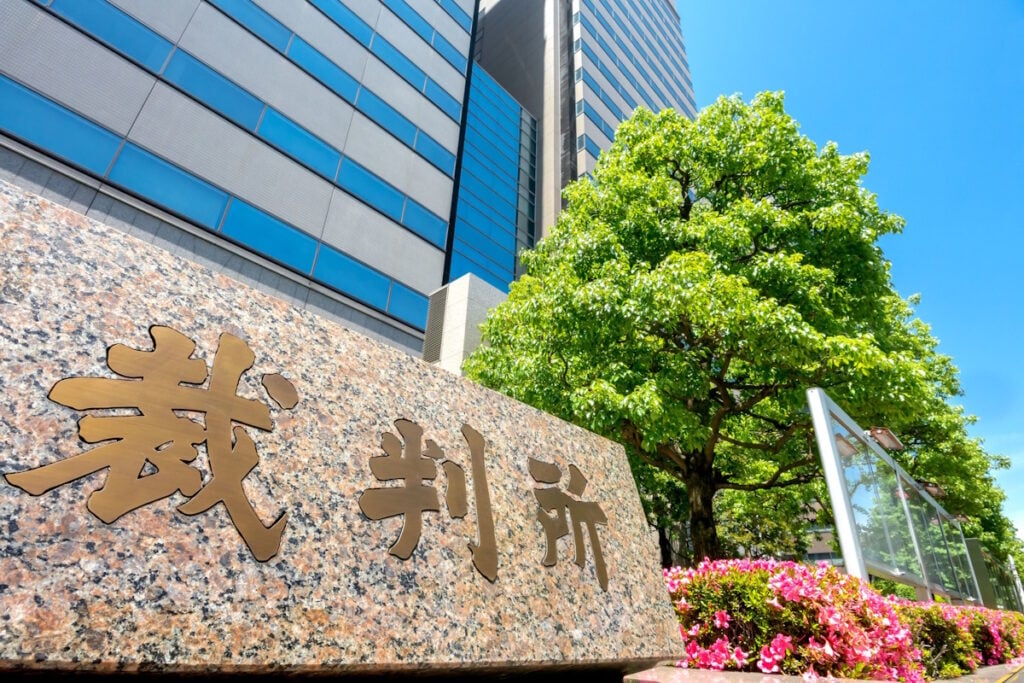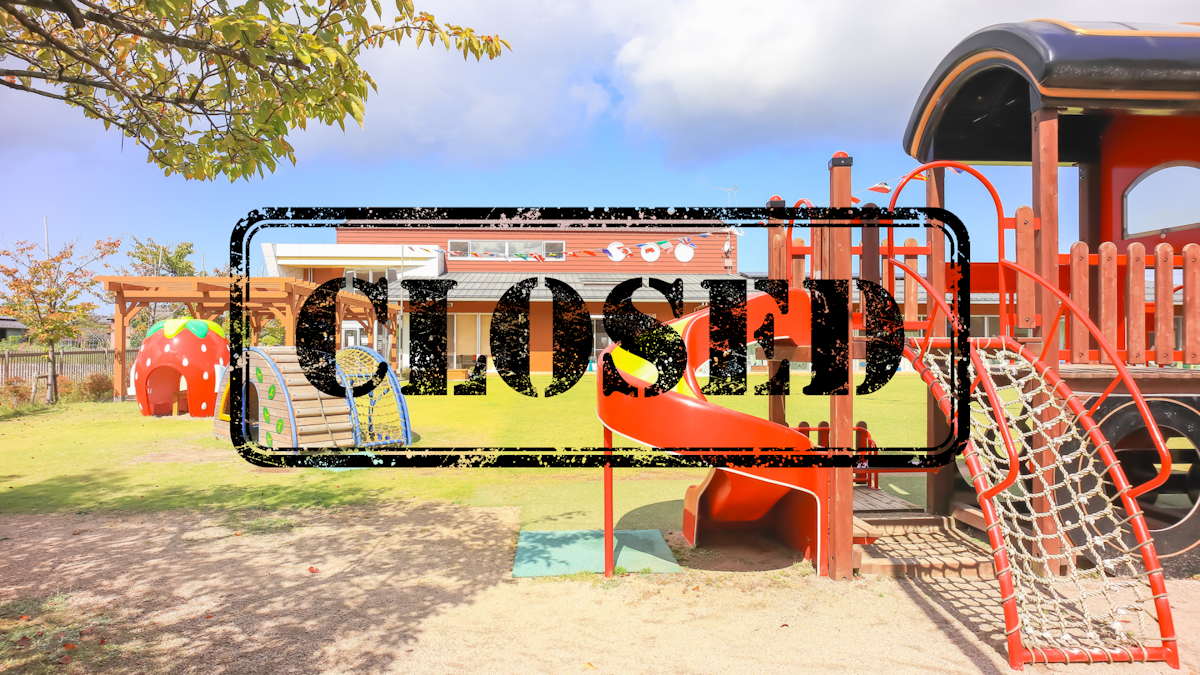The number of bankruptcies and closures among nursery schools in Japan reached 22 between January and June this year—a 70% increase from the same period last year. At this pace, the annual total is likely to hit a record high.
Behind this trend are a worsening shortage of childcare workers, which is making recruitment increasingly difficult, and intensifying competition for enrollments driven by a growing number of childcare facilities and the declining birthrate.
Bankruptcies surge amid childcare worker shortage and rising operating costs

Teikoku Databank, Ltd. conducted a survey and analysis on bankruptcy trends among nursery schools in Japan. The results showed that bankruptcies and closures have increased for three consecutive years, and this year is on pace to reach a record high.
In the first half of 2025 (January to June), a total of 22 nursery schools went bankrupt, suspended operations, or dissolved their businesses. This marks a 70% increase compared to the same period last year, which saw 13 cases. If the trend continues, the number of cases in 2025 is likely to surpass the previous annual record of 31 cases set in 2024.
Many nursery schools, especially small and medium-sized ones, are struggling to stay financially stable due to a severe shortage of childcare workers. This ongoing staffing crisis makes it difficult to maintain appropriate staff levels, often forcing schools to limit the number of children they accept. To retain employees, some schools have raised wages, but this strategy has driven up operating costs and further squeezed their profits.
In addition, nursery schools that provide school meals are facing higher costs due to rising food prices. These factors have made it increasingly challenging to maintain stable operations, placing heavy pressure on management.
The percentage of businesses reporting worsening performance has declined since fiscal 2022, when it reached a peak of 65.6%. However, the labor shortage continues to worsen each year. This is due to the declining popularity of childcare work and a shrinking pool of willing candidates.
Together, these pressures are pushing more nursery schools to the brink, and several other factors are exacerbating the situation.
Japan’s declining birthrate is a key factor
One of the primary factors driving the rise in nursery school bankruptcies is Japan’s declining birth rate. The number of children enrolling in nursery schools has stagnated, partly because the birth rate continues to decline even as childcare facilities have increased.
Recent reports have highlighted growing concerns about Japan’s population decline. According to a survey by the Ministry of Health, Labour and Welfare, just over 686,000 Japanese children were born last year — a drop of more than 41,000 from the previous year. For the first time since records began, the number of annual births fell below 700,000. The total fertility rate, which measures the average number of children a woman is expected to have in her lifetime, also hit a record low of 1.15.
Planning a trip to Japan? Get an authentic, interpreted experience from Unseen Japan Tours and see a side of the country others miss!

"Noah [at Unseen Japan] put together an itinerary that didn’t lock us in and we could travel at our own pace. In Tokyo, he guided us personally on a walking tour. Overall, he made our Japan trip an experience not to forget." - Kate and Simon S., Australia

See a side of Tokyo that other tourists can't. Book a tour with Unseen Japan Tours - we'll tailor your trip to your interests and guide you through experiences usually closed off to non-Japanese speakers.


Want more news and views from Japan? Donate $5/month ($60 one-time donation) to the Unseen Japan Journalism Fund to join Unseen Japan Insider. You'll get our Insider newsletter with more news and deep dives, a chance to get your burning Japan questions answered, and a voice in our future editorial direction.
This steep decline in the number of births is shrinking the potential pool of nursery school applicants. Combined with the increasing number of facilities, this has fueled intense competition and contributed to a growing sense of oversupply in the sector.
Oversupply and declining birthrate fuel nursery school shakeout

Another reason behind the rise in nursery school bankruptcies is the growing sense of oversupply in the childcare sector. To eliminate waiting lists, the government promoted the “Zero Children on Waiting List” policy, encouraging the expansion of childcare facilities nationwide. It also launched the “Nursery Access for All Children Program” in 2019, making early childhood education and childcare free of charge. These measures lowered the barriers to using childcare services and boosted demand.
However, while the birthrate has continued to decline as explained in the previous paragraph, nearly 90% of local governments now report zero children on waiting lists.
As a result, competition to attract children has intensified, especially with the increase in the number of nursery facilities. Some nursery schools have tried to survive by introducing specialized programs or converting into certified kodomo-en (combined daycare and kindergarten institutions), yet business conditions remain difficult.
It appears that without significant changes to address the structural issues in the childcare sector, the wave of bankruptcies and closures is likely to continue. The combination of a declining birthrate, a severe shortage of childcare workers, and intensified competition is putting nursery schools under mounting pressure. Unless effective measures are introduced to address all of these challenges, more nursery schools may be forced out of the market in the coming years.
Why this page doesn't look like crap
You may notice a few things about this page. First, it’s mostly content – not ads. Second, this article was written by a human, not a plagiaristic Turing machine.
Unseen Japan is a collective of independent authors. We work hard to keep our content free of intrusive ads and AI slop.
Help us keep it that way. Donate to the Unseen Japan Journalism Fund to support our work. Regular donors will receive Insider, our paid newsletter with weekly bonus content about Japan. Plus, your contribution will help us produce more content like this.
What to read next

False Claim of “Muslim Lunches” Makes Japan’s Kitakyushu a Hate Target
No, the city of Kitakyushu isn’t offering “Muslim lunches” to students. Other schools in Japan, however, have – and with heartwarming results.

Tokyo Court: Company President’s Harassment Led to Employee’s Suicide
The woman, an employee of cosmetics maker D-Up, said the company’s president called her a “stray dog” before putting her on leave.

Fear of a Black Japan: A “Hometown” Program With Africa Sparks Racist Protests
A simple misunderstanding led some Japanese citizens to protest an initiative they worry will lead to a flood of African immigrants.
Sources
「保育園」の倒産・廃業、3年連続で増加 2025年は過去最多ペース 「保育士不足」が深刻 運営コスト増で3割が赤字[帝国データバンク]NIKKEI COMPASS
去年の出生数 初めて70万人下回る 出生率も過去最低の1.15 NHK
「新待機児童ゼロ作戦」について(概要) 厚生労働省


